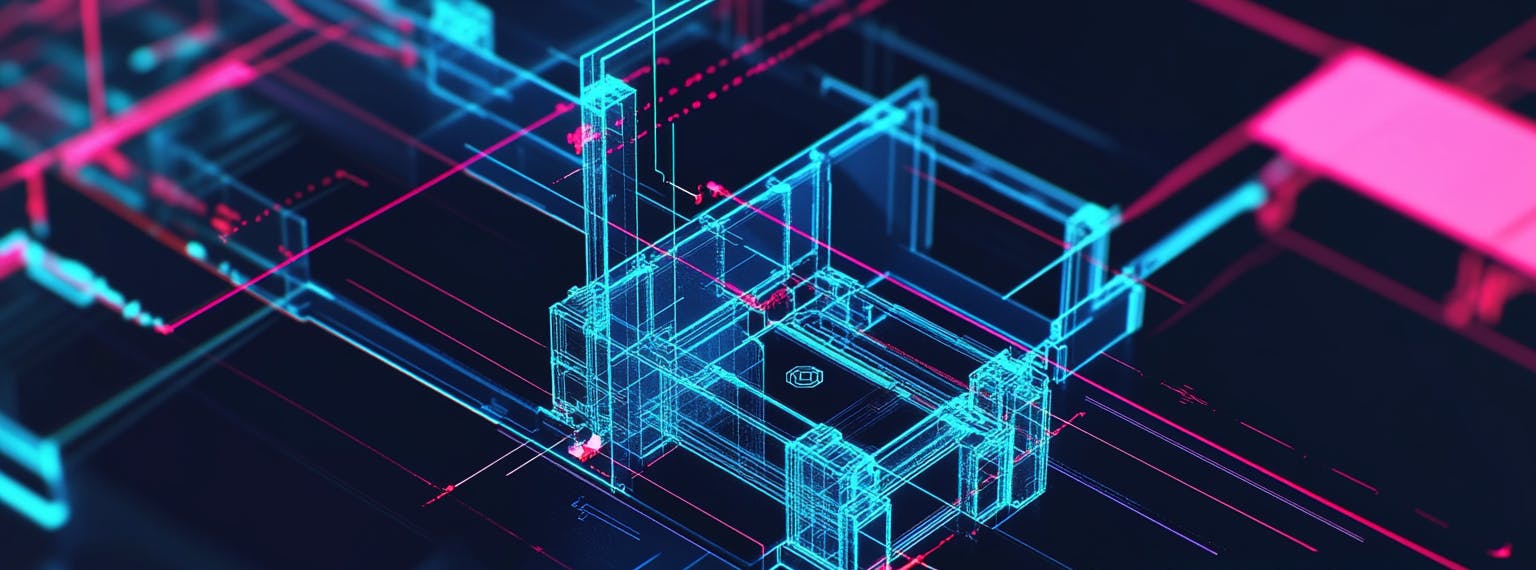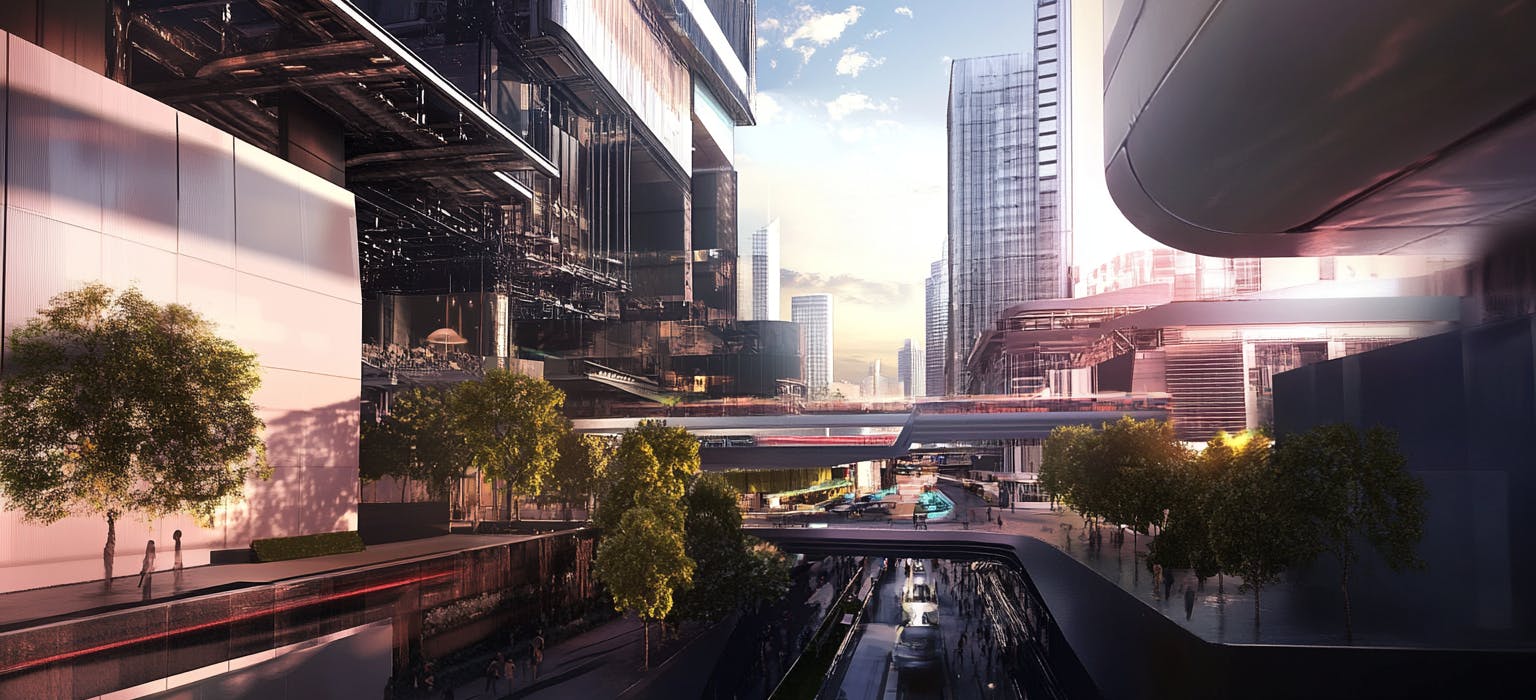IR Cutlist Generator: How AI is Streamlining Cutlist Creation

The realms of interior design and construction are characterized by their rapid pace, where optimizing productivity is paramount for success.. Every minute saved in the planning and preparation stages can lead to significant cost reductions and improved project timelines. Enter the IR CutList Generator - a groundbreaking tool that's set to transform the way interior designers and contractors approach their projects.
The Challenge of Cutlist Creation
For years, creating accurate cutlists has been a time-consuming and error-prone process. Interior designers and contractors have had to manually measure and calculate the dimensions of every component in their production drawings. This painstaking process not only drains valuable resources but also leaves room for human miscalculation, potentially leading to significant setbacks and financial losses during project execution.

Enter the IR CutList Generator
The IR CutList Generator leverages cutting-edge AI technology to automate the cutlist creation process. By utilizing advanced image recognition algorithms, this innovative tool can analyze production drawings and generate accurate cutlists in a fraction of the time it would take a human.

Key Features:

- AI Image Recognition: The heart of the IR CutList Generator is its sophisticated AI that can interpret and understand complex production drawings.
- Automated Measurements: Say goodbye to manual measurements. The AI accurately calculates dimensions for all components in the drawing.
- Error Prevention: By removing the human element from the measurement process, the risk of errors is significantly reduced.
- Enhanced Efficiency: Tasks that once consumed hours can now be accomplished swiftly, allowing professionals to redirect their efforts towards other critical project components.
- Cost Reduction: By streamlining the process and reducing errors, the IR CutList Generator helps cut down on material waste and rework costs.
The Impact on the Industry

The introduction of the IR CutList Generator is set to have a profound impact on the interior design and construction industries. Here's how:
1. Increased Productivity
By automating the labor-intensive process of cutlist generation, the IR CutList Generator frees up valuable time for design professionals. This newfound efficiency allows interior designers and contractors to channel their expertise into more innovative and strategic aspects of their projects, potentially leading to enhanced design concepts and improved client satisfaction.
2. Improved Accuracy
The precision of AI-generated cutlists means fewer errors in material ordering and fabrication. Consequently, projects experience reduced waste, shorter timelines, and heightened client satisfaction.
3. Cost Savings
By reducing the time spent on cutlist creation and minimizing errors, projects can be completed more efficiently and with less waste. The resulting financial benefits can be leveraged to offer more competitive pricing or fuel business growth and innovation.
4. Competitive Advantage
Firms that adopt this technology early will have a significant edge over their competitors. The ability to deliver projects faster and with greater accuracy can be a major selling point for potential clients.
Practical Applications

The IR CutList Generator isn't confined to the realm of theory – it's actively reshaping industry practices and delivering concrete benefits. Design professionals across various sectors are already harnessing its capabilities:
- Custom Cabinetry: Kitchen designers are using the tool to quickly generate cutlists for custom cabinet projects, reducing lead times and improving accuracy.
- Office Fit-Outs: Commercial interior designers are streamlining large-scale office renovation projects by automating the cutlist process for modular furniture and partitions.
- Retail Spaces: Retail designers are using the tool to rapidly prototype and iterate on store layouts, with accurate material lists generated in minutes.
Envisioning Tomorrow's Design and Construction Landscape

The introduction of the IR CutList Generator marks a significant turning point in the ongoing development of design and construction methodologies. As the field of artificial intelligence progresses, we're likely to witness an influx of groundbreaking tools that will continue to redefine industry standards and practices. This AI-driven revolution promises to touch every facet of the design and construction process, from initial concept to final implementation.
The IR CutList Generator represents a significant step forward in the digitization and automation of the interior design and construction industries. By embracing this technology, professionals can not only improve their efficiency and accuracy but also free up their creative energies to focus on what truly matters - delivering exceptional designs and experiences for their clients.
Peering into the horizon of architectural innovation, it becomes evident that artificial intelligence will be instrumental in molding our physical surroundings.. Those who adapt and embrace these new tools will be well-positioned to lead the industry into a new era of innovation and efficiency.






